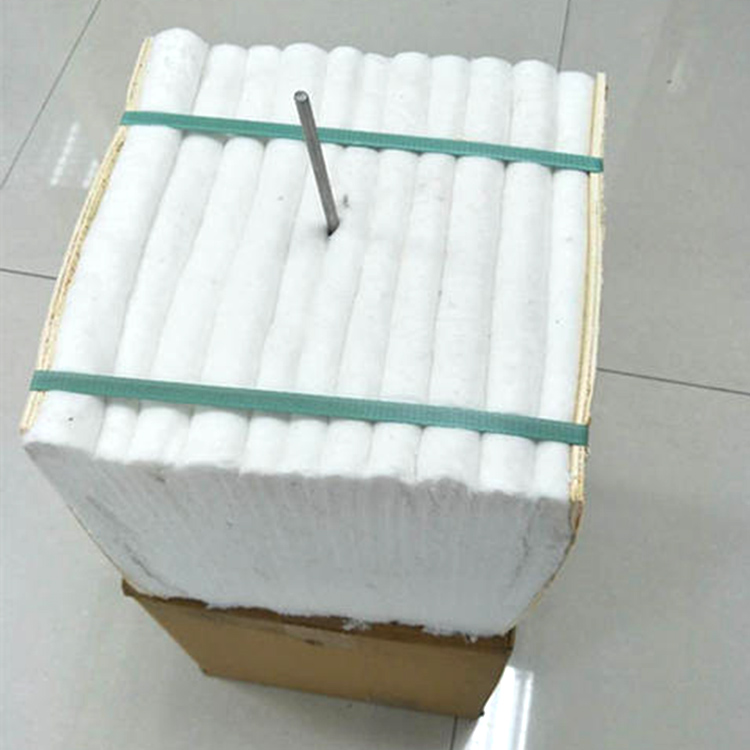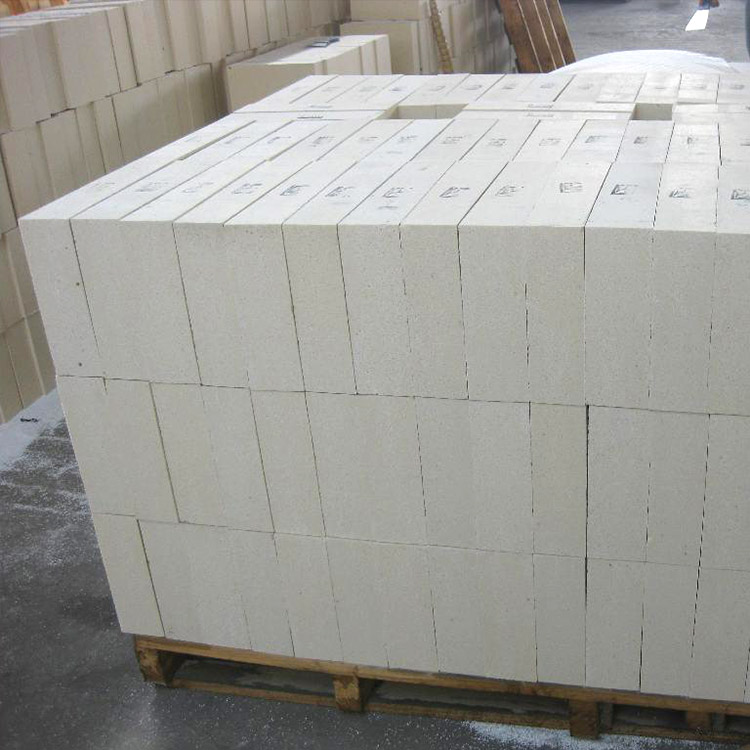
In the steel industry, energy conservation and efficiency improvement are crucial for sustainable development. This article delves into the on - site performance of vermiculite - based and aluminum silicate fiber insulation layers in the energy - saving transformation of ladles, aiming to provide valuable insights for industrial steel mills.
When it comes to ladle insulation, choosing the right refractory and insulating materials is the first step. The main considerations include thermal conductivity, thermal stability, mechanical strength, and insulation performance. Vermiculite - based and aluminum silicate fiber materials are two popular choices in the market.

Let's take a look at the specific performance of these two materials. In terms of thermal conductivity, vermiculite - based materials generally have a thermal conductivity of about 0.05 - 0.1 W/(m·K) at high temperatures, while aluminum silicate fiber materials have a thermal conductivity of around 0.03 - 0.08 W/(m·K). This shows that aluminum silicate fiber materials have better heat - insulating properties in terms of thermal conductivity.
Regarding thermal stability, vermiculite - based materials can maintain their structure and performance well at temperatures up to 800 - 1000°C, while aluminum silicate fiber materials can withstand temperatures of 1200 - 1400°C. This indicates that aluminum silicate fiber materials have better thermal stability in high - temperature environments.
In terms of mechanical strength, vermiculite - based materials have a certain degree of mechanical strength, which can resist the impact and friction during the ladle operation. Aluminum silicate fiber materials, although relatively soft, can still maintain a stable structure under certain pressure.
| Material | Thermal Conductivity (W/(m·K)) | Thermal Stability (°C) | Mechanical Strength |
|---|---|---|---|
| Vermiculite - based | 0.05 - 0.1 | 800 - 1000 | Good resistance to impact and friction |
| Aluminum silicate fiber | 0.03 - 0.08 | 1200 - 1400 | Stable structure under certain pressure |
Let's take a real - world case as an example. A steel mill carried out an energy - saving transformation on its ladles. By upgrading the refractory insulation materials, they optimized the thickness of the ladle insulation layer. The original insulation layer was made of a traditional material with a thickness of 100 mm. After the transformation, they used vermiculite - based and aluminum silicate fiber materials and reduced the insulation layer thickness by 10 - 18 mm.

Through continuous monitoring and data collection, it was found that the temperature of the ladle surface decreased by about 5 - 10°C, and the energy consumption was reduced by about 8 - 12%. At the same time, the stability of the molten steel temperature was also improved, which is conducive to continuous production and quality control.
In the construction process, the construction technology and structural design are crucial. For example, the installation method of the insulation layer, the connection between different materials, and the sealing treatment all affect the final insulation effect. In addition, it is necessary to use scientific detection methods and performance evaluation indicators to ensure the quality of the insulation layer.
Common detection methods include temperature measurement, thermal conductivity testing, and structural strength testing. Performance evaluation indicators mainly include thermal insulation performance, thermal stability, and service life.

By upgrading refractory insulation materials and optimizing the thickness of the ladle insulation layer, steel mills can achieve significant energy - saving and efficiency - improving effects. Whether it is vermiculite - based or aluminum silicate fiber materials, they have their own advantages and can be selected according to specific working conditions.
If you are interested in advanced ladle insulation solutions and want to learn more about how to optimize your ladle lining design and improve energy efficiency, please click here to consult our professional team. We are committed to helping the industry achieve energy conservation and technological upgrading.


